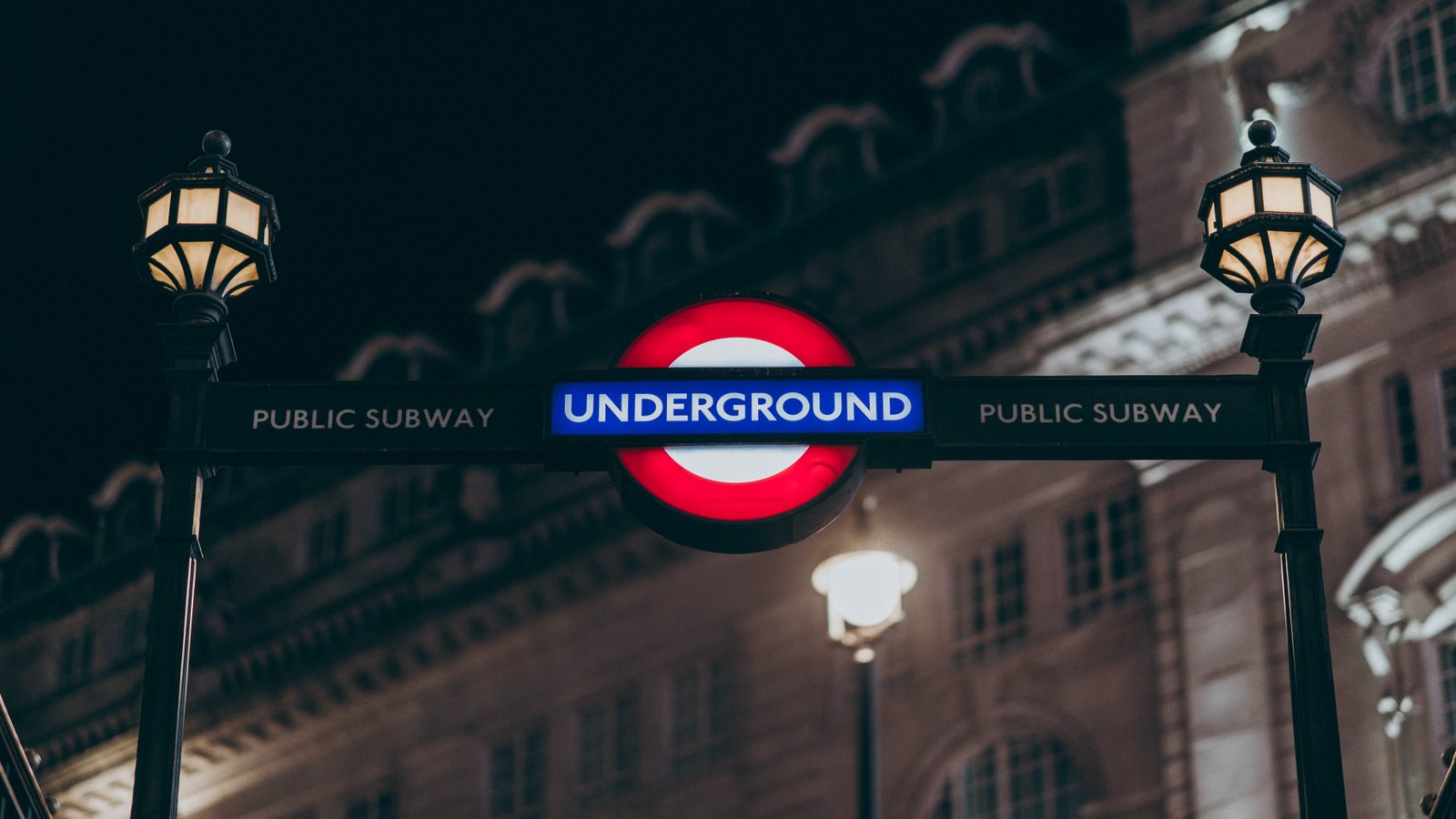Using TFL Services

- By (236 articles)
Using TFL Services
IELTS Medical is based in Paddington, Central London. We understand that many of our learners travel from outside of the capital into London in order to attend our courses, travelling in London whilst being unfamiliar with the transport network can come with challenges.
This blogpost is aimed at providing some clarity for our learners who are travelling to London for training.
Having first been run as a service between Paddington and Farringdon, the London Underground opened on 10th January 1863 and was the worlds first underground rail service. To this day, it remains one of the most recognisable services in global travel.
There are many modes of transport with TFL
· Buses
· London Underground (the tube)
· DLR (Docklands Light Railway)
· River Boat
· Local Trains (Overground/ National Rail)
· Trams
· Cycle Hire
· Taxis (Private Hire)
· Black Cabs
· Cloud Cable Car
London’s transport network is what keeps the city ticking on a day-to-day basis. On the London Underground alone, around 5 million journeys are completed each day!
Using TFL services is often the quickest way to get around London, as the roads are usually extremely busy and congestion charges and the ULEZ (Ultra Low Emission Zone) make driving in London more expensive.
How to travel
Oyster card – This is an electronic card used to pay for public transport in London, this card can be bought online or in TFL visitor centres and Oyster ticket shop.
An alternative option for people visiting London is to use a visitor oyster card, this option is ideal for those frequently travelling around the city as daily fares are capped at under £10.
Contactless card payment or Apple pay is another option for paying for TFL services, this is quick and easy.
For more information and full-service updates on all TFL services: https://tfl.gov.uk/
Book courses today: https://iemedical.co.uk/centre-course-dates

